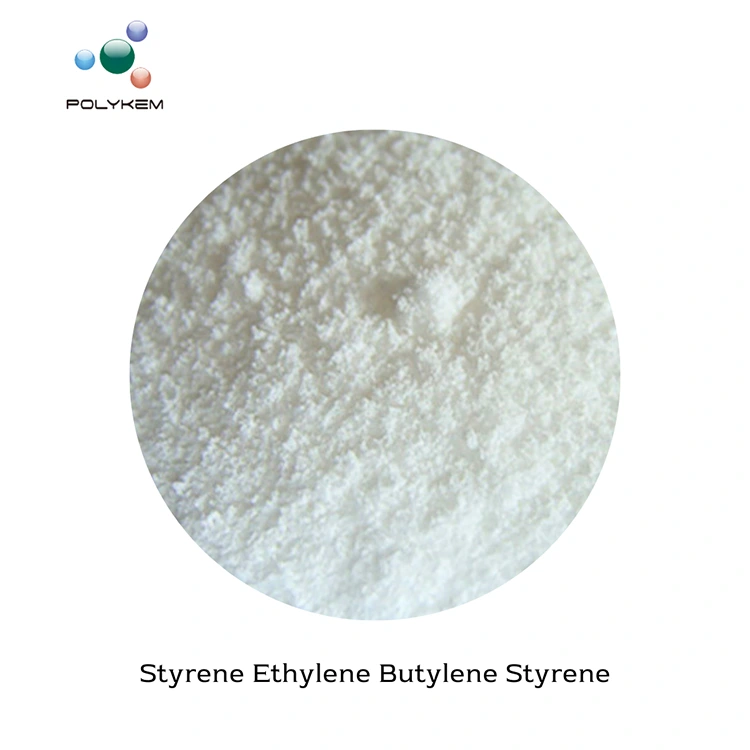Understanding Synthetic Rubber: Types and Applications
2025-02-27
Synthetic rubber has become an essential material in various industries due to its versatility and durability. Unlike natural rubber, synthetic rubber is manufactured through chemical processes, allowing for enhanced properties and specific applications. In this blog, we will explore the different types of synthetic rubber and their applications.
1. Types of Synthetic Rubber
There are several types of synthetic rubber, each designed for specific uses:
- Styrene-Butadiene Rubber (SBR) – Commonly used in tires, footwear, and industrial belts due to its excellent abrasion resistance.
- Nitrile Butadiene Rubber (NBR) – Resistant to oils and chemicals, making it ideal for fuel hoses, gaskets, and gloves.
- Ethylene Propylene Diene Monomer (EPDM) – Known for its weather and heat resistance, often used in roofing, seals, and automotive applications.
- Neoprene – Offers good resistance to oil, chemicals, and weather, making it suitable for wetsuits, hoses, and industrial applications.

2. Applications of Synthetic Rubber
Synthetic rubber is widely used in various industries, including:
- Automotive Industry – Tires, belts, seals, and hoses rely on synthetic rubber for durability and performance.
- Construction – Used in waterproofing materials, roofing membranes, and adhesives.
- Medical Sector – Found in gloves, tubing, and medical seals due to its hypoallergenic properties.
- Consumer Goods – Used in footwear, sports equipment, and household products.
The versatility of synthetic rubber continues to expand, making it a crucial material in modern manufacturing and everyday products.


